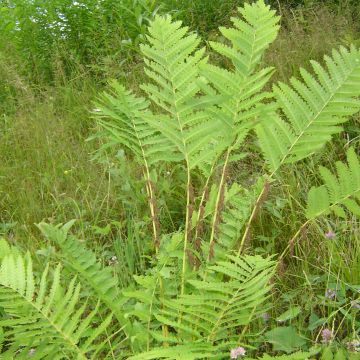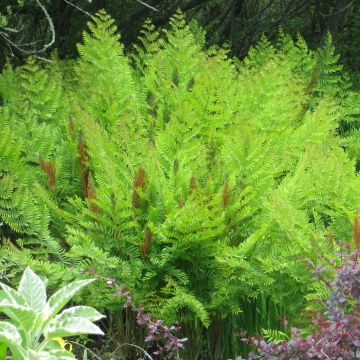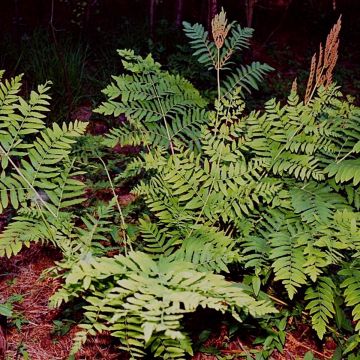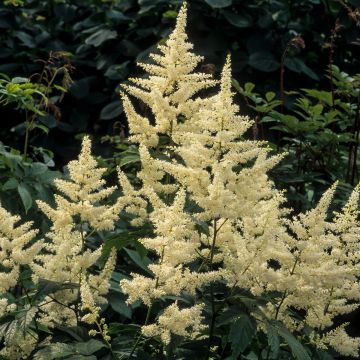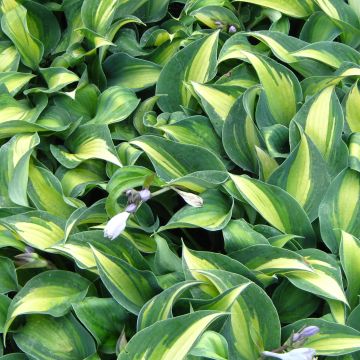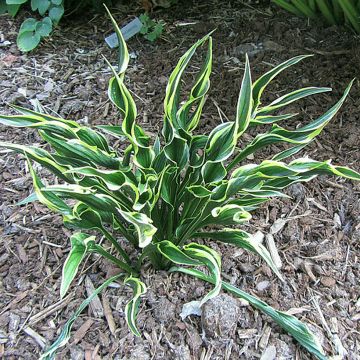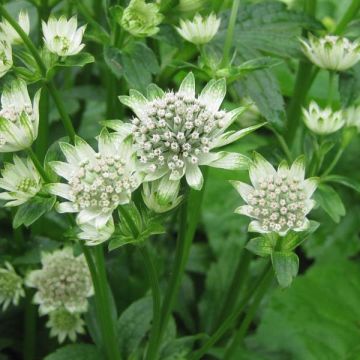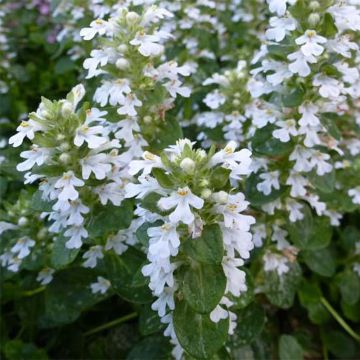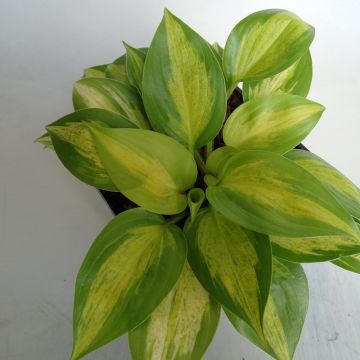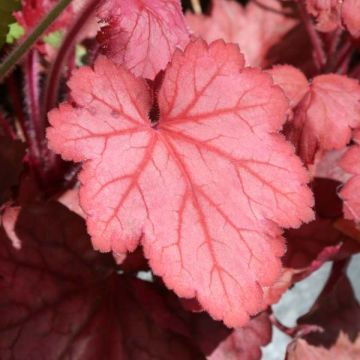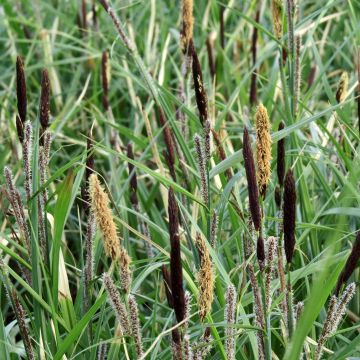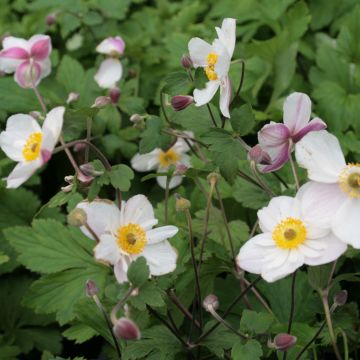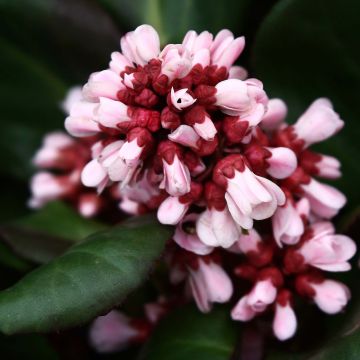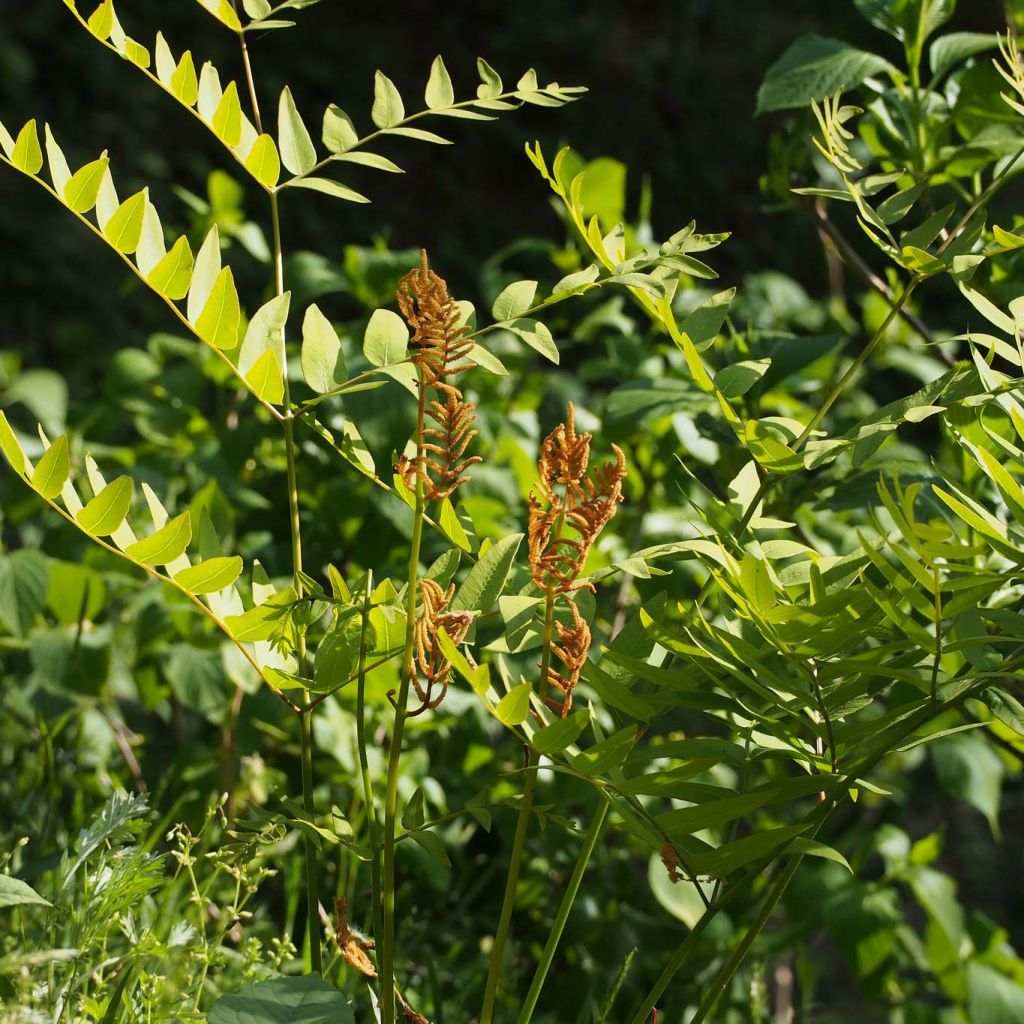

Osmunda japonica - Japanese Royal Fern
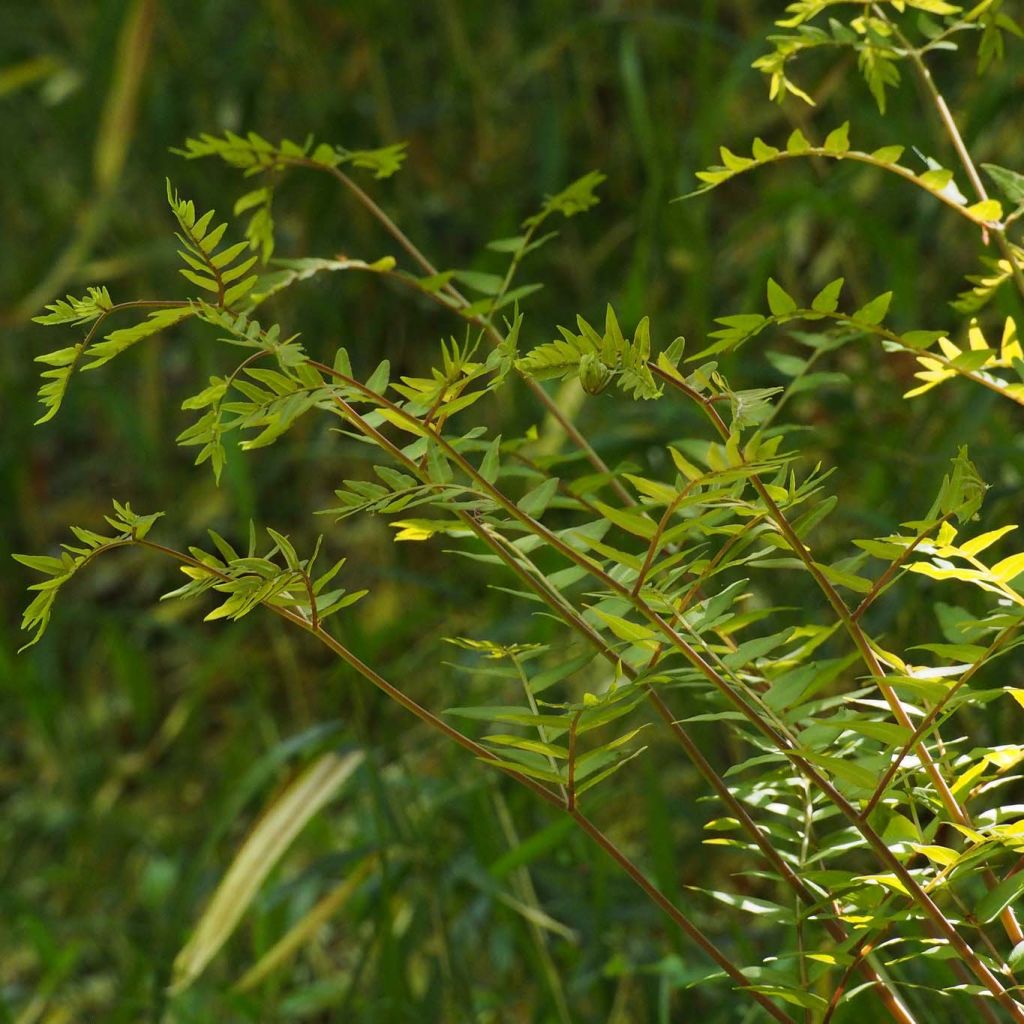

Osmunda japonica - Japanese Royal Fern
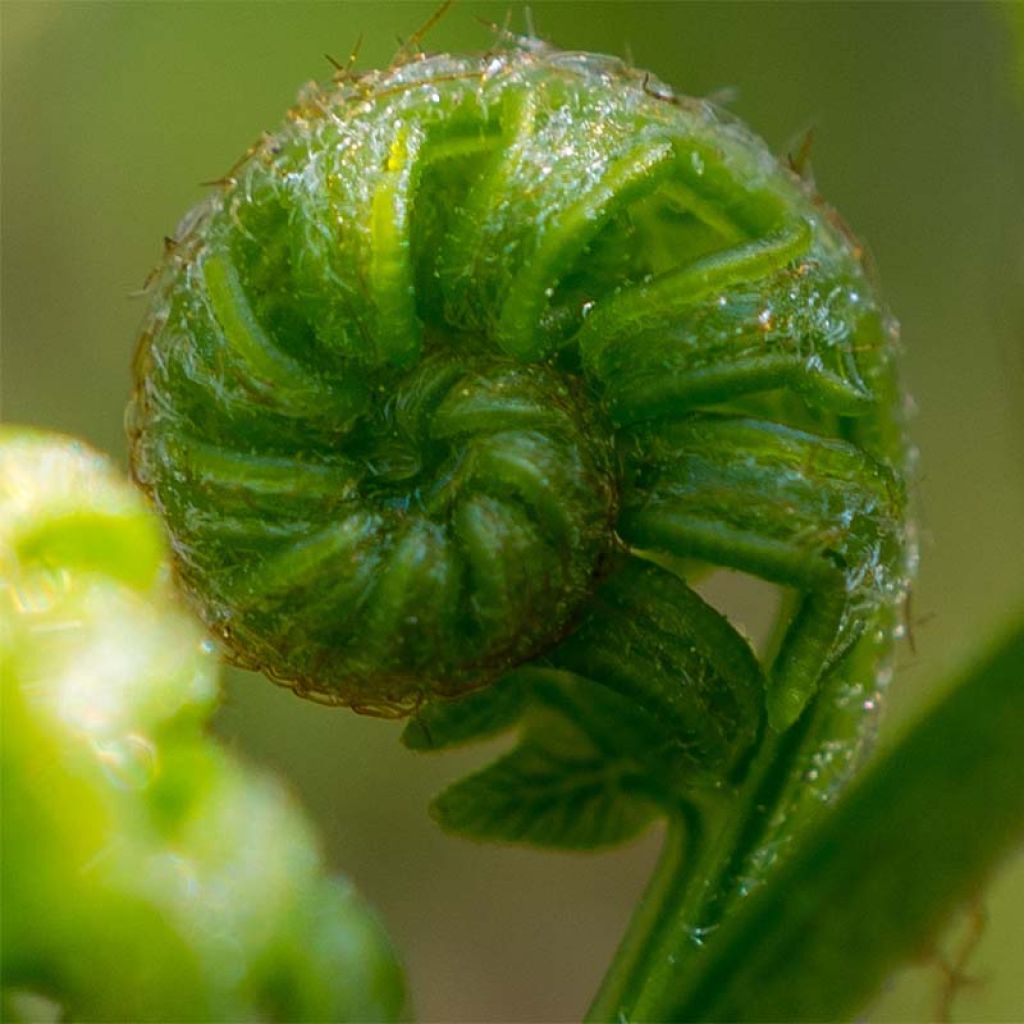

Osmunda japonica - Japanese Royal Fern
Osmunda japonica - Japanese Royal Fern
Osmunda japonica
Japanese Royal Fern, Japanese Flowering Fern
This item cannot be shipped to the selected country
Delivery charge from €5.90
More information
Schedule delivery date,
and select date in basket
This plant carries a 12 months recovery warranty
More information
We guarantee the quality of our plants for a full growing cycle, and will replace at our expense any plant that fails to recover under normal climatic and planting conditions.
From €5.90 for pickup delivery and €6.90 for home delivery
Express home delivery from €8.90.
Does this plant fit my garden?
Set up your Plantfit profile →
Description
Osmunda japonica, also known as Japanese Royal Fern or Japanese Royal Osmunda, is a Japanese species, closely related to the Royal Osmunda, but still not widely distributed in Europe. It resembles its giant cousin of flooded areas, but differs by having a more limited growth and its ability to produce two types of fronds in spring with striking dimorphism; entirely sterile fronds, of a bright green colour, mixed with exclusively fertile fronds evoking powdered cinnamon branches or browned coral branches. Its vegetation is more enduring in autumn, and it is less demanding in water, content with a moist, non-limestone soil. Over time, this venerable fern forms a "trunk" at the base, and can live for more than a century.
Osmunda japonica is a terrestrial fern belonging to the family of Osmundaceae, just like the Royal Osmunda that haunts the edges of our ponds and marshes. But this original species is native to the East of Asia, from the Russian Far East to the mountains of the Himalayas, Taiwan, China, and Korea. It is particularly widespread in Japan where its highly appreciated young shoots are consumed as vegetables. While it is very popular and almost invasive in the Land of the Rising Sun, this fern remains a rare plant for us Western gardeners, and very difficult to find in commerce.
Osmunda japonica is a calcifuge perennial plant (that does not like limestone), with long deciduous petioled leaves, arranged in a cluster, not exceeding 70 to 80cm (28 to 32in) in height. The plant renews itself every year from a thick rhizome that sometimes forms a caudex (swollen stem serving as a storage organ), and produces a stipe (a kind of thick stump resembling a trunk, formed by the overlapping of foliar sheaths) whose length reaches about one third of the length of the frond. Often solitary, this species is capable of forming large colonies if the conditions are right.
In spring, woolly and brittle croziers emerge, of beige colour, which simultaneously unfurl two very different types of fronds. The sterile fronds, 60 to 80cm (24 to 32in) tall, are wide and erect, pinnate, strongly divided into green leaflets. Among them emerge the fertile fronds, about 50cm (20in) tall, therefore shorter and highly specialized. They appear in the form of branched candelabra-like structures, covered with a thick powdery layer made up of thousands of naked spores. When ripe, these curious 'inflorescences' take on a characteristic cinnamon colour, which earned the royal ferns the name of Flowering Ferns. The Japanese Royal Fern retains its green foliage longer than the Royal Osmunda, until late in the season. Then it takes on a beautiful reddish colour before disappearing.
You can plant the Japanese Royal Fern in moist undergrowth, or on the edge of ponds, streams, and wet rockeries, preferably close to a rocky area by the water where it will become a queen, or in shaded areas in large masses.
We grow all species near our stream, in the marshy soil of the banks where they reach their full value. Its mere presence gives a fantastic character to the most ordinary stream. Avoid mixing it with other ferns, but rather associate the Osmunda japonica with woodland flowers with which it will not compete, such as hellebores or hostas. The light blooms of Masterworts or Astilbes are very beautiful among ferns. They make great companions for small bulbs such as wood anemones, Naples cyclamens, or lily of the valley. The decorative and colorful foliage of Heucheras and Saxifrages is remarkable. Some Japanese maples (Acer palmatum) with laciniate and finely toothed foliage also appreciate the cool and sheltered sun environments, and in autumn, they blend their beautiful colours with the reddish foliage of this Osmunda.
The genus name of this fern, Osmunda, has many origins attributed to it. This name was given by Mathias de l'Obel. It may come from Osmund, a Germanic deity equivalent to Thor in Scandinavian mythology. Or, it may come from the Latin os, meaning "mouth," and mundo, meaning "purify, clean," in relation to the antiputrid properties of certain ferns. Osmund is also originally a Saxon name meaning the peace of the hearth: from mund, meaning "peace," and os, meaning "house."
Report an error about the product description
Osmunda japonica - Japanese Royal Fern in pictures
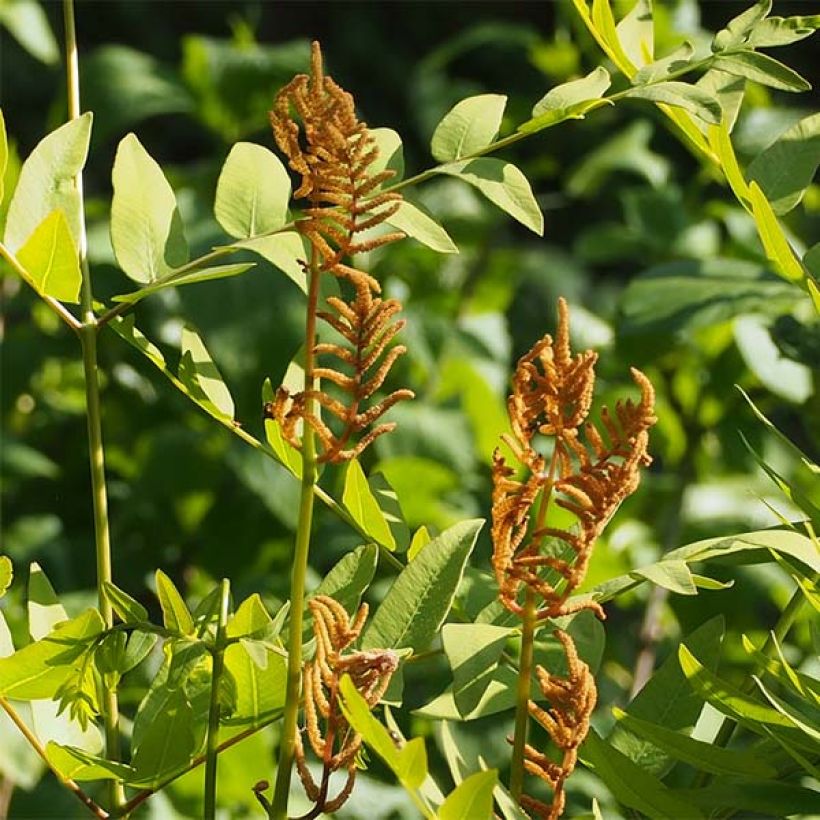

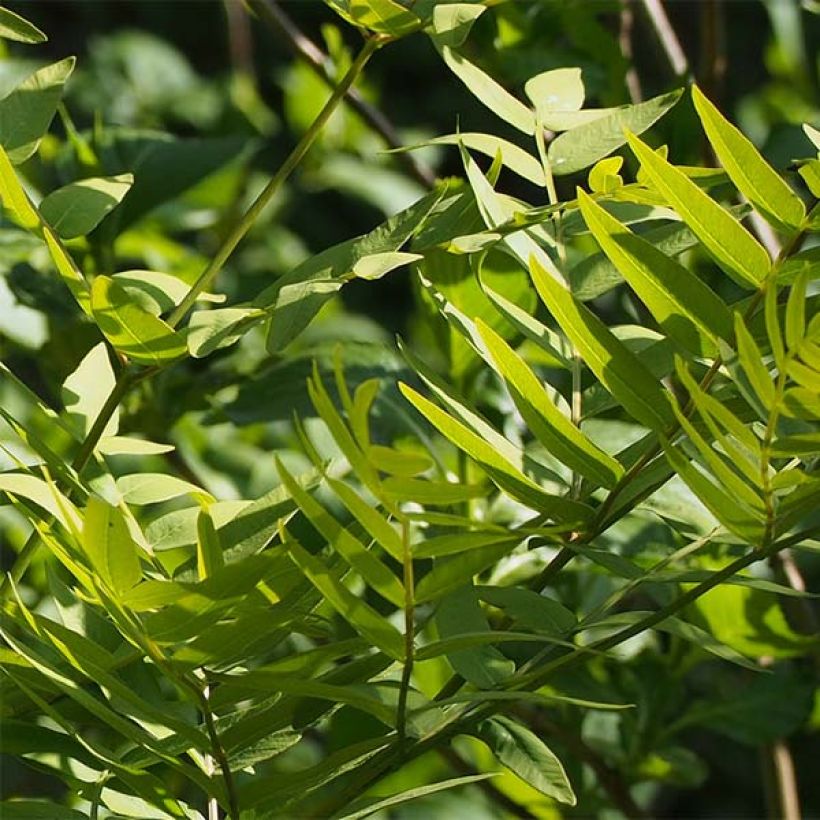

Foliage
Plant habit
Botanical data
Osmunda
japonica
Osmundaceae
Japanese Royal Fern, Japanese Flowering Fern
Southeast Asia
Other Osmunda
Planting and care
This slow-growing fern is best planted in cool undergrowth, in a deep, loose, fertile soil, rich in humus, loamy or sandy, and free from limestone, or near a stream in marshy soil. It prefers shady locations, but can tolerate some sun if the soil remains moist. The deciduous foliage often displays beautiful autumn colours before entering dormancy.
Planting period
Intended location
Care
This item has not been reviewed yet - be the first to leave a review about it.
Shade-loving perennials
Haven't found what you were looking for?
Hardiness is the lowest winter temperature a plant can endure without suffering serious damage or even dying. However, hardiness is affected by location (a sheltered area, such as a patio), protection (winter cover) and soil type (hardiness is improved by well-drained soil).

Photo Sharing Terms & Conditions
In order to encourage gardeners to interact and share their experiences, Promesse de fleurs offers various media enabling content to be uploaded onto its Site - in particular via the ‘Photo sharing’ module.
The User agrees to refrain from:
- Posting any content that is illegal, prejudicial, insulting, racist, inciteful to hatred, revisionist, contrary to public decency, that infringes on privacy or on the privacy rights of third parties, in particular the publicity rights of persons and goods, intellectual property rights, or the right to privacy.
- Submitting content on behalf of a third party;
- Impersonate the identity of a third party and/or publish any personal information about a third party;
In general, the User undertakes to refrain from any unethical behaviour.
All Content (in particular text, comments, files, images, photos, videos, creative works, etc.), which may be subject to property or intellectual property rights, image or other private rights, shall remain the property of the User, subject to the limited rights granted by the terms of the licence granted by Promesse de fleurs as stated below. Users are at liberty to publish or not to publish such Content on the Site, notably via the ‘Photo Sharing’ facility, and accept that this Content shall be made public and freely accessible, notably on the Internet.
Users further acknowledge, undertake to have ,and guarantee that they hold all necessary rights and permissions to publish such material on the Site, in particular with regard to the legislation in force pertaining to any privacy, property, intellectual property, image, or contractual rights, or rights of any other nature. By publishing such Content on the Site, Users acknowledge accepting full liability as publishers of the Content within the meaning of the law, and grant Promesse de fleurs, free of charge, an inclusive, worldwide licence for the said Content for the entire duration of its publication, including all reproduction, representation, up/downloading, displaying, performing, transmission, and storage rights.
Users also grant permission for their name to be linked to the Content and accept that this link may not always be made available.
By engaging in posting material, Users consent to their Content becoming automatically accessible on the Internet, in particular on other sites and/or blogs and/or web pages of the Promesse de fleurs site, including in particular social pages and the Promesse de fleurs catalogue.
Users may secure the removal of entrusted content free of charge by issuing a simple request via our contact form.
The flowering period indicated on our website applies to countries and regions located in USDA zone 8 (France, the United Kingdom, Ireland, the Netherlands, etc.)
It will vary according to where you live:
- In zones 9 to 10 (Italy, Spain, Greece, etc.), flowering will occur about 2 to 4 weeks earlier.
- In zones 6 to 7 (Germany, Poland, Slovenia, and lower mountainous regions), flowering will be delayed by 2 to 3 weeks.
- In zone 5 (Central Europe, Scandinavia), blooming will be delayed by 3 to 5 weeks.
In temperate climates, pruning of spring-flowering shrubs (forsythia, spireas, etc.) should be done just after flowering.
Pruning of summer-flowering shrubs (Indian Lilac, Perovskia, etc.) can be done in winter or spring.
In cold regions as well as with frost-sensitive plants, avoid pruning too early when severe frosts may still occur.
The planting period indicated on our website applies to countries and regions located in USDA zone 8 (France, United Kingdom, Ireland, Netherlands).
It will vary according to where you live:
- In Mediterranean zones (Marseille, Madrid, Milan, etc.), autumn and winter are the best planting periods.
- In continental zones (Strasbourg, Munich, Vienna, etc.), delay planting by 2 to 3 weeks in spring and bring it forward by 2 to 4 weeks in autumn.
- In mountainous regions (the Alps, Pyrenees, Carpathians, etc.), it is best to plant in late spring (May-June) or late summer (August-September).
The harvesting period indicated on our website applies to countries and regions in USDA zone 8 (France, England, Ireland, the Netherlands).
In colder areas (Scandinavia, Poland, Austria...) fruit and vegetable harvests are likely to be delayed by 3-4 weeks.
In warmer areas (Italy, Spain, Greece, etc.), harvesting will probably take place earlier, depending on weather conditions.
The sowing periods indicated on our website apply to countries and regions within USDA Zone 8 (France, UK, Ireland, Netherlands).
In colder areas (Scandinavia, Poland, Austria...), delay any outdoor sowing by 3-4 weeks, or sow under glass.
In warmer climes (Italy, Spain, Greece, etc.), bring outdoor sowing forward by a few weeks.

































